Hedy Lamarr wasn’t just a glamorous and beautiful Hollywood actress; she also invented the patent behind wireless technology like Wi-Fi and Bluetooth.
If there’s anyone who epitomized the phrase “beauty and brains,” that would be Hedy Lamarr. To the younger generations, her name is likely an unfamiliar one. However, those whose parents grew up watching Golden Age Hollywood films might know her as the bombshell actress of her generation. But the talented star was a lot more than a pretty face on the silver screen.
“The brains of people are more interesting than the looks, I think,” an older Lamarr told Fleming Meeks, a former Forbes Magazine writer, in a previously unreleased interview. Going by that line of thinking, Lamarr was certainly an interesting woman.

READ ALSO: Memories Of Beautiful Artistry: Emma Hepburn Ferrer’s Refreshing Cultural Sojourn In The Philippines
Indeed, the actress was also an inventor who, despite her lack of formal education, ended up creating one of the most crucial patents the world has ever known. Lamarr’s sort of double-life reads a lot like a film script, but her story is as true as it is extraordinary.
Early Life
Lamarr was born Hedwig Eva Kiesler in 1914 Vienna, Austria, according to the National Women’s History Museum. As the only child of a well-off Jewish family, her parents showered her with time and affection in her youth. Her father, a bank director, would go on walks with her to discuss the inner workings of various machines like cars. Meanwhile, her mother, who was a concert pianist, immersed her art forms like piano and ballet.
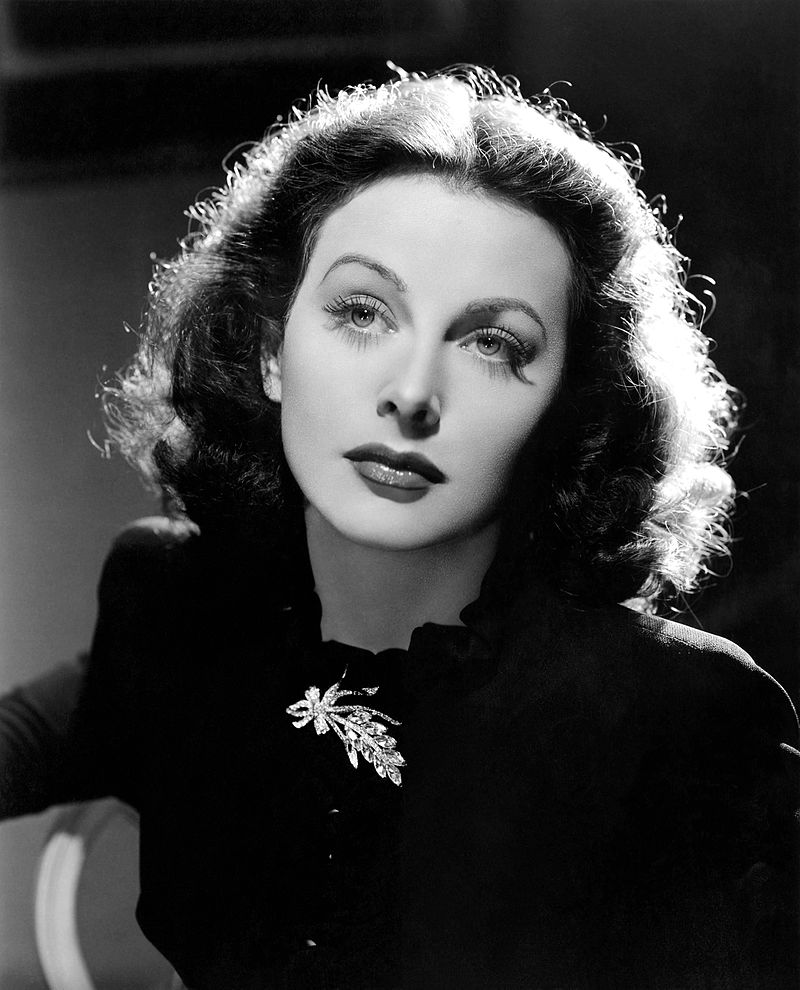
Lamarr harbored an interest in the world of technology and machinery since she was five years old. The National Women’s History Museum stated that she’d take apart her music box and assemble it to see how it worked.
“I was different, I guess,” she would later tell Meeks in her interview with him. “Maybe I came from a different planet, who knows.”
Turbulent Times
As Lamarr grew into a stunning young woman, her image as an actress took center stage, superseding the genius behind the pretty face. While taking up acting at the age of 16, she caught the attention of Berlin-based director Max Reinhardt. Her acting career took off in Germany as she gained many adoring fans.
One of these fans was Friedrich Mandl, a wealthy ammunition manufacturer. They soon got married, but the relationship didn’t last. Lamarr was ultimately unhappy in her marriage with Mandl, who eventually became quite possessive of her, according to the U.S. National Archives.
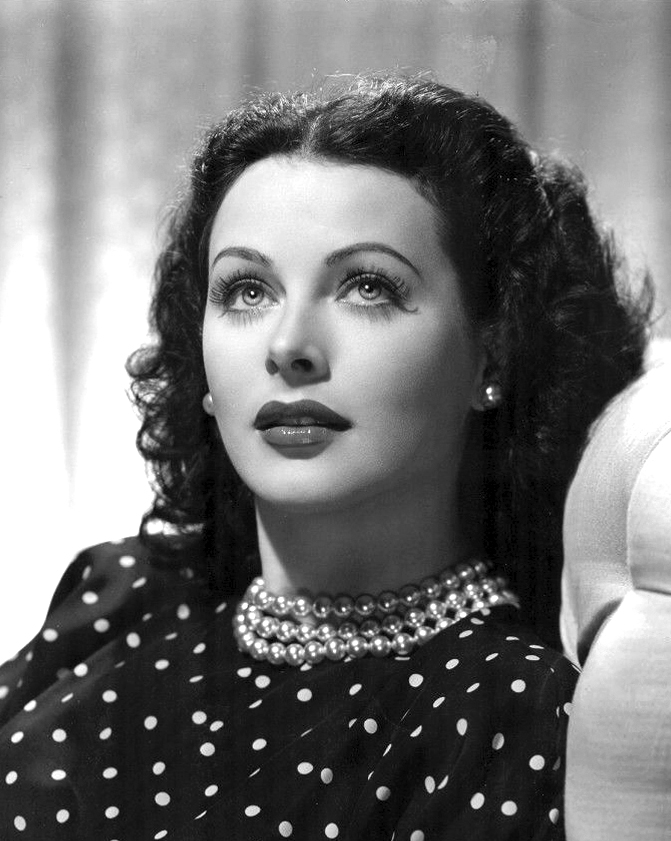
Lamarr often played the smiling hostess to Mandl’s less-than-savory company, as he began forming close ties with members of the Nazi party. “I was like a doll. I was like a thing, some object of art which had to be guarded—and imprisoned—having no mind, no life of its own,” she once said, as per the National Women’s History Museum.
With rising tensions preceding the Second World War, and the suffocating atmosphere of her daily life, Lamarr fled Europe and took an acting opportunity from Hollywood’s MGM Studios.
Taking Hollywood by Storm
Safe to say, Lamarr made her mark on Hollywood with a foreign name, intriguing accent, and of course, a beautiful face unlike any other. Filmmakers often casted her as the femme fatale, an attractive, mysterious, and oftentimes dangerous woman who lures lovers to their doom.

She starred in numerous hits like Comrade X, Algiers, Ziegfeld Girl, The Strange Woman, and Come Live with Me, among others. She also worked alongside other Hollywood greats like Clark Gable, Spencer Tracy, and Frank Morgan.
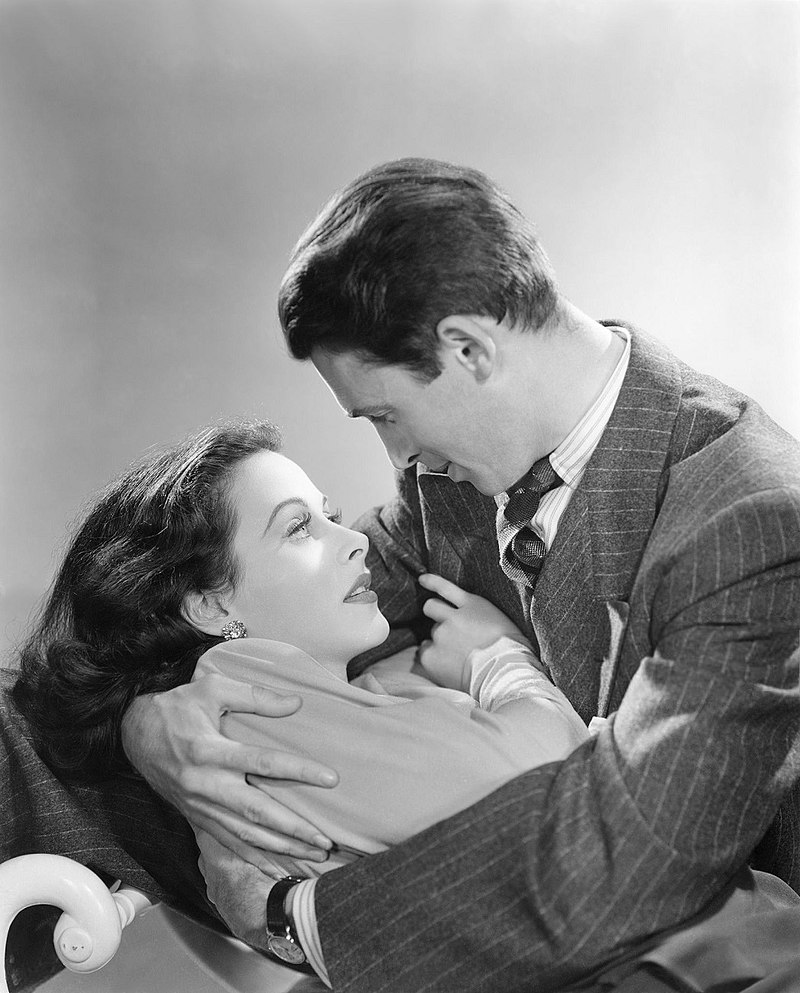
Though Lamarr met great success in Hollywood, she longed to satisfy her passion for innovation and invention. This was perhaps the reason why the actress was attracted to her former romantic partner, a pilot and businessman named Howard Hughes.
Genius Inventor
Hughes encouraged Lamarr’s love for inventing and studying how things worked. According to the National Women’s History Museum, he gave her a small set of equipment she could use in her trailer during filming (on top of the work table she had in her house). In between takes, the actress would get to working on different blueprints and designs.

Hughes expressed his need to find faster planes, and Lamarr answered him with a special wing design inspired by the fastest fish and bird in the world. She read books about the animals and proceeded to combine elements of their wings to create the work. Safe to say, Hughes was thoroughly impressed, as he called Lamarr “a genius” upon seeing her design.

Lamarr formulated ideas for a number of other inventions that were also quite interesting, though most remained purely conceptual—except one that would change the trajectory of the modern world forever.
A Groundbreaking Patent
As the United States began its preparations for the imminent WWII, Lamarr almost quit acting to help in war efforts. The actress wanted to become a member of the Inventors’ Council in Washington, DC.
Yet fate had other plans, as her desire to do something more manifested upon a chance encounter with writer and composer, George Antheil. Both of them shared an inventive spirit that would fuel their incredible passion project.
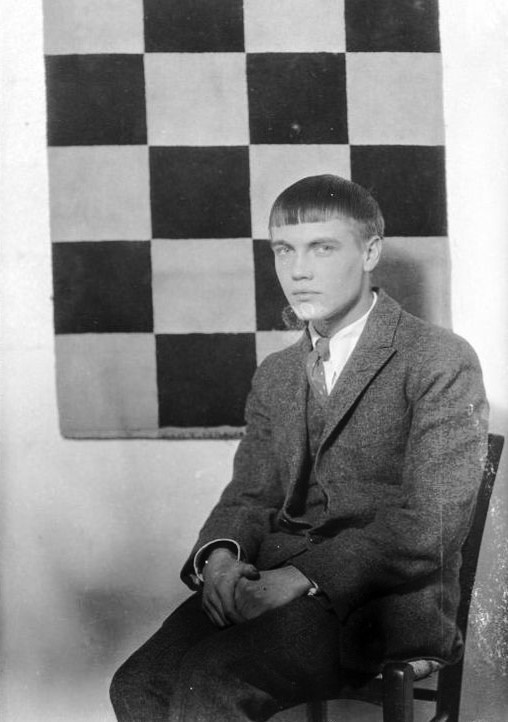
“Hedy said that she did not feel very comfortable, sitting there in Hollywood and making lots of money when things were in such a state,” Antheil once shared, as per the National Women’s History Museum.
One of the main problems that the allies were facing was that German soldiers could easily deter their torpedo attacks, as they were able to jam the radio signals guiding the weapons. So, with the help of Antheil, Hedy created “frequency hopping” waves that could evade these attempts at jamming.
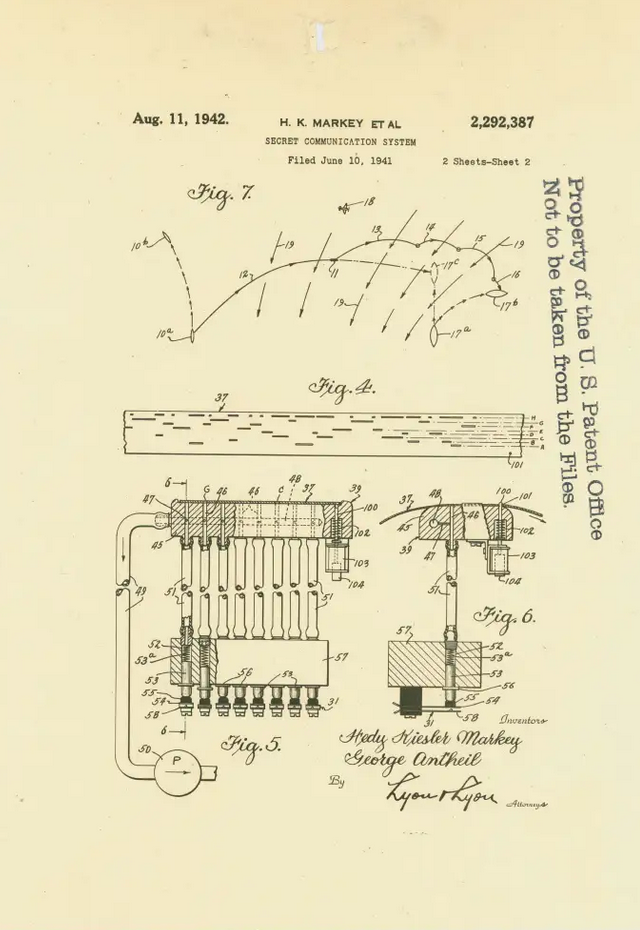
She took inspiration from Antheil’s music, which hopped from one note to another. Lamarr created a system whose signals would leap from one frequency to the next, rather than the usual singular frequency waves most torpedoes used. This would make the weapons virtually unhackable, allowing the allies to send torpedoes without disruption.
Ahead of the Curve
Lamarr called the patent the Secret Communication System, under case file 2,292,387, and proposed it to the Navy, as per the U.S. National Archives. Unfortunately, the Navy rejected the patent, stating that it was too advanced and complicated. So, Lamarr decided to help by selling war bonds and raising awareness through her status as an actress, as per the National Women’s History Museum.
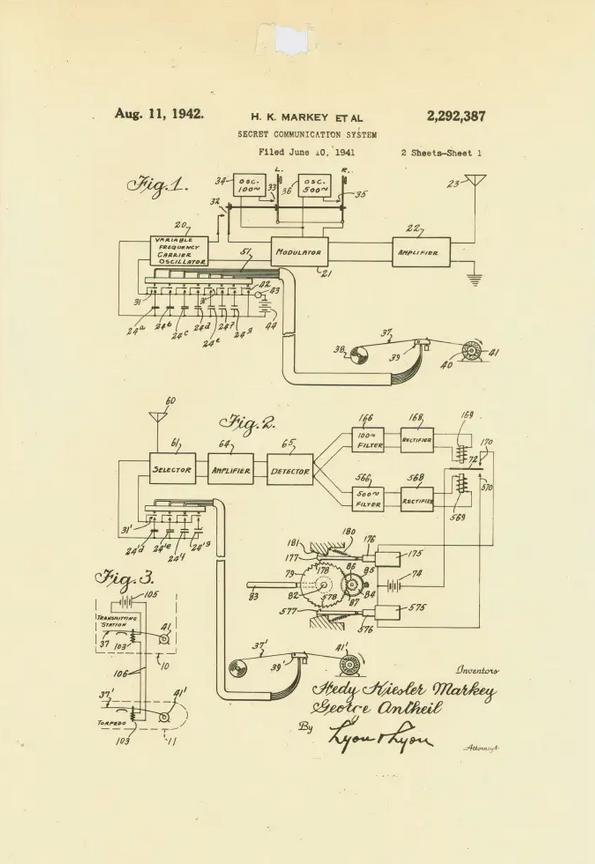
Thankfully, Lamarr’s brilliant invention didn’t gather dust in some corner. In the 1950s, other groups in the private sector took interest in her patent, which the Navy eventually adopted in the 1960s Cuban Missile Crisis. The patent would become the progenitor of today’s wireless technologies like Wi-Fi, Bluetooth, and GPS.
Sadly, Lamarr didn’t receive any credit or monetary compensation for her work for quite some time, as her patent had expired. After leaving her acting career, she lived a solitary life and rarely spoke about the great things she invented. In fact, her own children only found out about their mother’s work much later in life.
Recognizing Brilliance
Various organizations finally gave Lamarr the credit she deserved through awards and titles. In 1997, the Electronic Frontier Foundation bestowed both her and Antheil with their Pioneer Award.
She also became the first woman to receive the Invention Convention’s Bulbie Gnass Spirit of Achievement Award. In 2014, years after her death in 2000, the National Inventors Hall of Fame inducted her and recognized her contributions to today’s frequency hopping technologies.
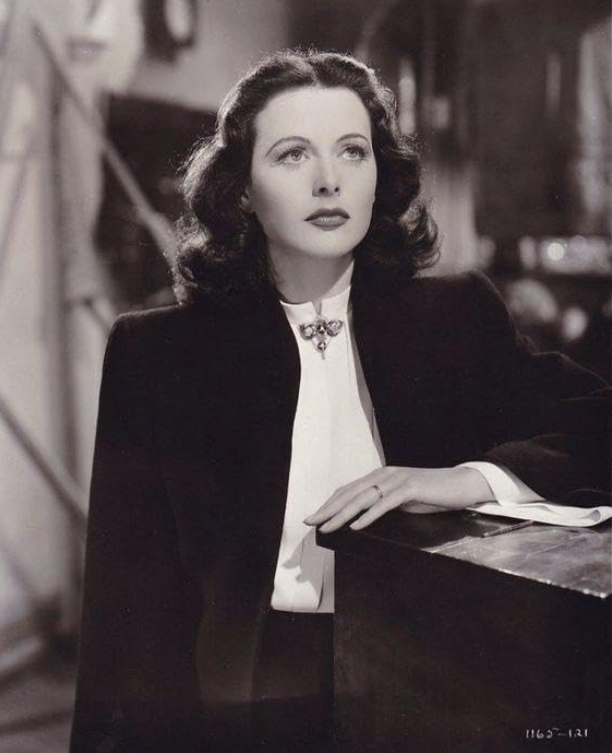
Things didn’t turn out the way Lamarr expected they would, but nevertheless, she gave society something more than entertainment. Though her intelligence was often overshadowed by her alluring Hollywood image, there’s no denying what she’s done for the world today.
In a voice message to one of her children, the actress gave the following words of advice: “Give the world the best you have, and you’ll be kicked into the teeth. Give the world the best you’ve got, anyway.”
So the next time you’re surfing the internet or listening to your favorite pair of bluetooth headphones, remember to think about a Hollywood actress who defied expectations and found true purpose in creation.
Banner photo via Wikiversity.





